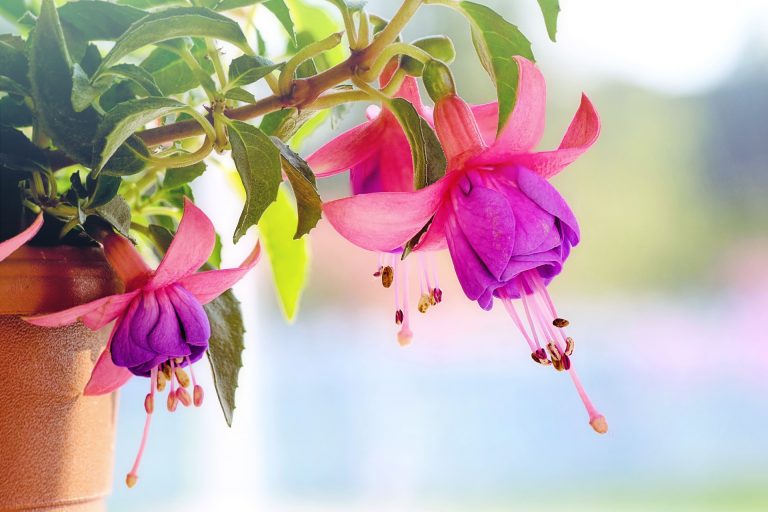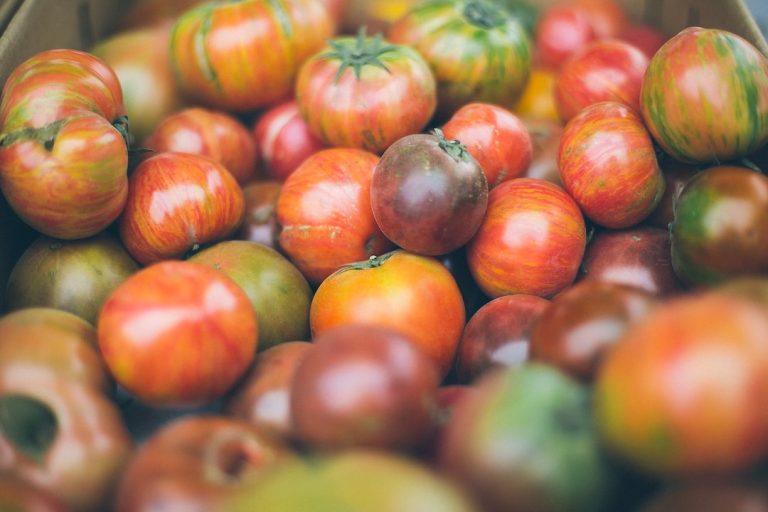Seed Starter Kits For Gardening For Beginners
The first step to starting your own garden is learning as much as possible about your growing zone and what will grow best in your area. Once you know your growing zone, you can purchase seed starter kits and fertilize your garden monthly. Then you can slowly build up your garden space.
Here are a few tips to help you get started. Then, be sure to follow the directions and keep your garden healthy.
Start with a small garden.
Getting your hands dirty in the garden can be a rewarding experience. Growing vegetables, herbs, and fruits can give your family a delicious, homegrown taste. Besides, you’ll find gardening to be an excellent form of exercise. You can design your garden according to your preferences – how much space you need, what plants to grow, and what type of soil you want.
Before starting, sketch out the layout of your garden. First, determine what size you’ll have, what crops you’ll be growing, and where. Most beginners try to grow too much, so start small and add space to it each year. One hundred square feet should be plenty for your first garden. As you get more confident, you can expand it each year. You’ll be happy you did!
When planning your garden, consider what you eat. If you’re planning to grow vegetables, you’ll want to choose ones you can eat in small quantities. However, you might want to focus on herbs, which you can vacuum-seal and share with others. The best herbs for beginners are tulips, basil, chives, and cilantro, which can be grown from seed and transplanted as seedlings.
- Wylie, Tammy (Author)
- English (Publication Language)
- 152 Pages – 04/20/2021 (Publication Date) – Callisto (Publisher)
Last update on 2025-11-13 / Affiliate links / Images from Amazon Product Advertising API
Learn more about your growing zone
While most plants will grow in multiple hardiness zones, you should know which ones do best in your local climate. Knowing which plants are hardy in your area will help you save money on plants. For example, you should know which varieties are perennials, which can survive more than one growing season, and which are annuals. You can find helpful information about growing plants in different zones by consulting a website dedicated to gardening.
The USDA divides the country into 11 hardiness zones or climate regions. The zones are divided into a and b, based on average minimum temperature. The lower zones are colder than, the higher ones and are separated by at least 10 degrees. The United States Department of Agriculture has an interactive map where you can pinpoint your zone. Once you know your zone, picking plants and determining what they require is easy.
It is crucial to know your growing zone before you plant anything in your garden. The USDA Plant Hardiness Zone Map is invaluable in planning your garden. Each zone is color-coded and represents a 10-degree range, with zone 1 being the coldest and zone 13 the hottest. The USDA Plant Hardiness Zone Map will help you select the right plants for your growing zone. Knowing what plants to grow in your area will make the difference between a successful and a failed crop.
Buy a seed starter kit.
When buying a seed starter kit for gardening, beginners should consider several things: durability, number of seeds, and type. When choosing seeds, look for those with an expiry date. Otherwise, they will not sprout. Seeds come in pods, cells of a specific kind of seed. Seed starter kits will typically have various numbers of pods and pod sizes. Beginner gardeners should buy the best kit for their needs, but if you don’t know much about gardening, Jiffy seed pellets are an excellent option.
Seeds need moisture and heat to germinate. Some seed starter kits come with heating pads or built-in grow lights. You should place them in a warm window or near a heat source, such as a fireplace. Seedlings will sprout quickly if the environment is warm enough and moist. Place the seed starters near a window or an artificial light source to speed up the germination process.
The number of seed starter kits available can confuse beginners. A good kit for beginners will contain a dome, usually plastic, that acts as a mini greenhouse. The size of the dome is important, too. Seedlings may grow too quickly if the cells are too small. Purchasing too many kits will only result in unused space. You can also make your seed starter kit to save money.
Fertilize your garden once a month.
The best time to fertilize your garden is early in the spring when growth begins. You can fertilize perennial flowering plants when the ground is no longer frozen and the last frost is a week away. This will minimize the chances of frost damaging tender new growth. Although it’s a good rule of thumb to fertilize your garden once a month, some plants need more help than others. For instance, leafy greens need fertilizer earlier in the spring than other plants.
Before you start fertilizing your garden, it’s important to do a soil test. This way, you’ll know exactly what nutrients you need to add to keep your plants healthy. The best way to know how much to add will also help you avoid over-fertilizing and wasting money on unnecessary fertilizer. It’s also important to test your soil every month for beginners because plants need different amounts of nutrients during different seasons.
Apply fertilizer in two ways: broadcasting over the whole garden, spreading it down a row, or around individual plants. You should apply fertilizer about two to three inches below seed level in both cases. If you’re a beginner, you should apply fertilizer on a day when the foliage is wet. Otherwise, you will damage the plants. If you’re unsure of which method is right for you, check out Fertilizer Basics.
Deal with pests
Many insect pests spend the winter months in weeds and other detritus. When the weather turns warm, hungry larvae emerge. Pests can also hide in weeds and mulching materials, so looking for them as soon as possible is essential. Some common garden pests include earwigs, slugs, and millipedes. You can prevent these pests by following a few simple steps.
Check your garden at least once a week to know which pests are present. Use yellow sticky cards to catch pests on your plants. If the pests can’t be seen, take the cards to a local garden store to identify them. They’ll help you target your pest control strategy. Using a plant pest control guide, you can prevent infestations of insects, and you’ll also be able to enjoy a beautiful garden without worrying about pests.
While it’s important to avoid pests, they’re inevitable. As a gardener, you must decide how to deal with them. You can use both physical and chemical controls. Pest control techniques can also help prevent the growth of harmful insects, too. Depending on the severity of your problem, it’s possible to use pest control methods that don’t harm beneficial insects. If you’re a beginner, this article may help you make a more informed decision.
Plan your garden ahead of time
The first step in planning a garden is to sketch out your plans. Most beginners go overboard in their plans, so starting small and gradually expanding your space is best. A 100-square-foot plot should be plenty for your first foray. Plan to grow three to five types of vegetables, with a couple of others as companions. You can then add more vegetables as your budget allows. Once you have an idea of how much space you’ll need.
Before planting, create a list of crops you want to grow. Start with the types of plants you love and add those you’ve always wanted to grow. Then, choose your planting time and place and prepare the soil. Once you know which plants will thrive in what area. Planning will save you time and money in the long run. You can also create a plan for your vegetable garden and follow it yearly.
If you want a shaded garden, you need to find the right plants that love the shade. Another thing to consider when planning a garden is wind direction. Plant evergreens that block the northern wind if your garden is in the north. These winds can dehydrate plants and slow growth during winter. If your garden faces west, try to grow a plant or two that can tolerate summer storms.








